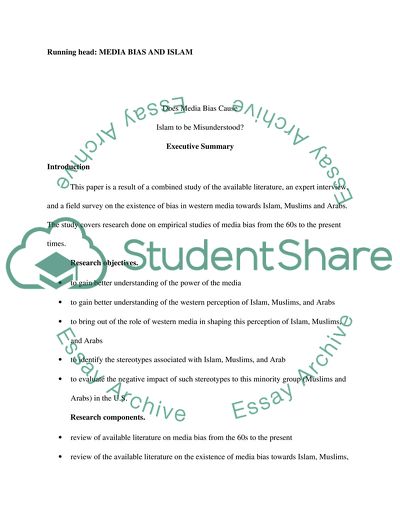Cite this document
(Does Media Bias Cause Islam to be Misunderstood Admission/Application Essay, n.d.)
Does Media Bias Cause Islam to be Misunderstood Admission/Application Essay. Retrieved from https://studentshare.org/english/1775364-week-17
Does Media Bias Cause Islam to be Misunderstood Admission/Application Essay. Retrieved from https://studentshare.org/english/1775364-week-17
(Does Media Bias Cause Islam to Be Misunderstood Admission/Application Essay)
Does Media Bias Cause Islam to Be Misunderstood Admission/Application Essay. https://studentshare.org/english/1775364-week-17.
Does Media Bias Cause Islam to Be Misunderstood Admission/Application Essay. https://studentshare.org/english/1775364-week-17.
“Does Media Bias Cause Islam to Be Misunderstood Admission/Application Essay”, n.d. https://studentshare.org/english/1775364-week-17.


